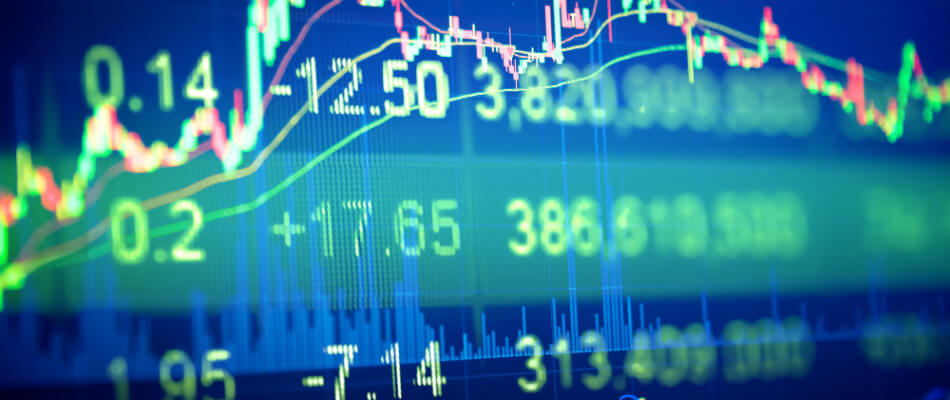What is a derivative?
You have probably heard the term derivatives before, and you may already have some idea of what it entails. However, the term requires some explanation and clarification. Much is written in the financial world and in the media you often hear negative sounds when it comes to derivatives. But what exactly is it?
Derivative literally means ‘derived’. A derivative is a derived financial product based on a specific underlying value. This underlying value can be anything, such as shares, currencies or a specific commodity .
A derivative essentially gives the buyer the right to buy or sell something at a specific price. What is ultimately traded is the underlying asset.
The most well-known forms of derivatives are for example options, CFDs and futures, each of which can have different underlying values. Derivatives are mainly used for hedging risks or for speculation.
Derivatives can be traded on the stock exchange as well as between mutual parties (over the counter (OTC)) and are very popular because the contracts are often standardized, which makes them easy to trade. Because the derivatives are available on the exchange, it is possible to take a favorable position in various types of underlying values, such as certain shares or commodities such as oil, with this product.
What types of derivatives are there?
There are different types of derivatives that are traded on the stock exchange. The most well-known types are futures, options and CFDs.
Futures
A future is a forward contract in which a seller and buyer determine in advance a price and time at which the underlying asset will be delivered. Both the buyer and the seller enter into an obligation. Futures are available for various financial products, such as government bonds or physical products such as gold.
Options
An option is a derivative in which the seller gives the buyer of an option the right to buy the desired shares for a predetermined price. The date on which this is done is set, and is also called the expiration date. The option premium is the final amount at which the option is traded.
CFD’s
In addition, there are CFDs , the Contract For Difference. With this financial product, the investor speculates on a possible price increase or decrease. The buyer and seller agree to settle any difference in value (the difference) of the underlying value from the moment of agreement.

What are the risks of derivatives?
There are various risks associated with investing in derivatives , just like with other forms of investment. The considerable risks are often emphasized. The most important risks are related to leverage, counterparty risks and market risk.
Leverage
Leverage ensures that small price fluctuations in the underlying asset can cause large changes in the value of the derivative, in which losses can even technically be unlimited. The stronger the leverage, the higher the risks and the greater the chance of enormous profits.
Counterparty risk
With derivatives, there is also counterparty risk. These are the risks that are related to an over-the-counter transaction, or an investment by the counterparty. This can cause annoying problems, for example when a company goes bankrupt and has to repay debts to multiple creditors. Always make sure that counterparty risks are avoided and read up on them properly.
Market risk
Of course, there are always market risks associated with any form of investment. With derivatives, market risks are based on the price of a certain underlying asset. However, most markets are fairly stable, which means that the market often poses little risk. However, there are always times when the market becomes extra high or low, such as during disasters or recessions. Companies generate less turnover and this is ultimately reflected in the price.
Compare brokers and start investing in derivatives
Are you excited about investing in financial derivatives after reading this article? Compare brokers that offer derivatives and find the broker that suits you best!